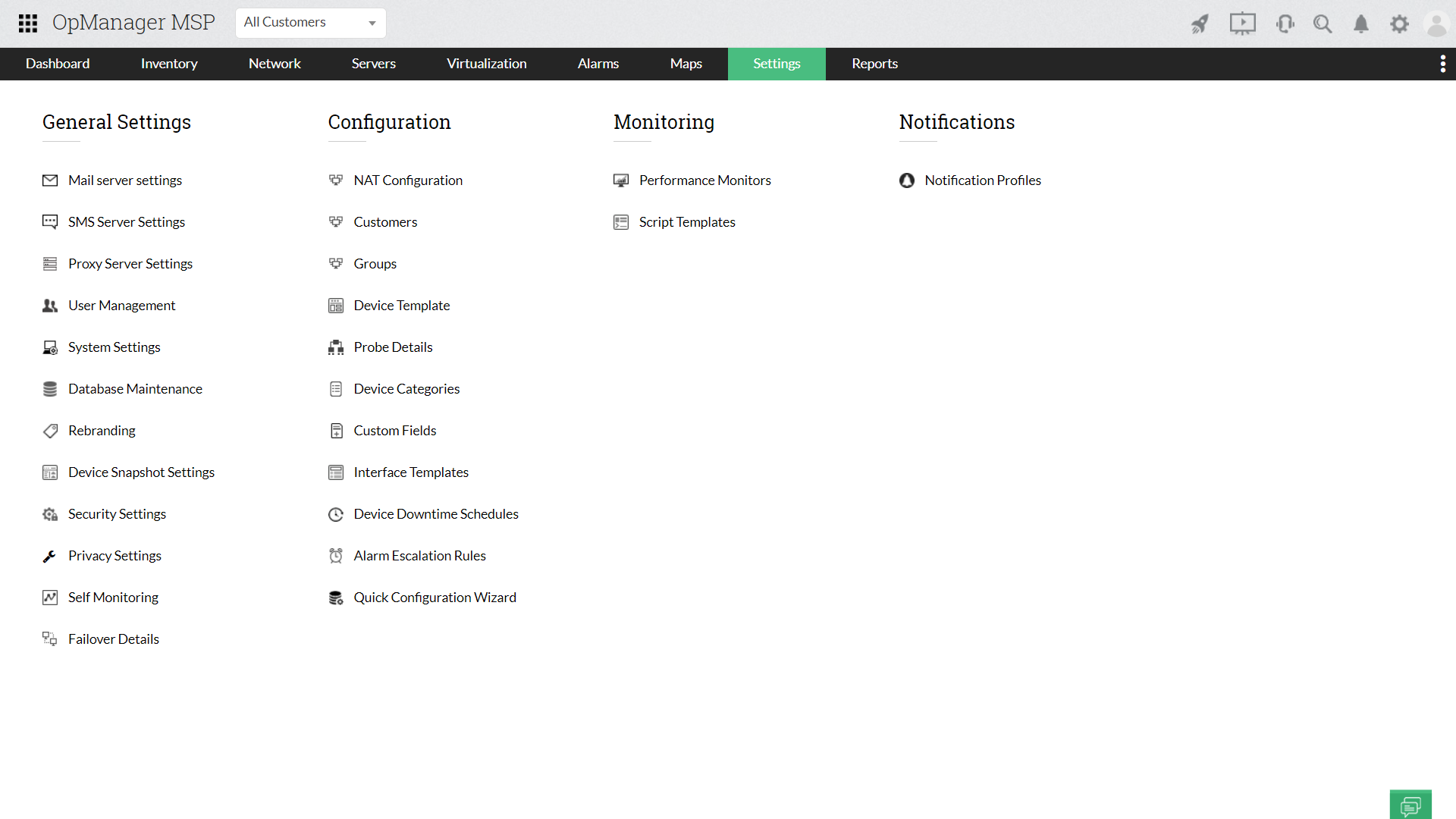

I couldn’t find a Deluge-specific one, but all BitTorrent clients follow the same protocol, so the setup is the same for all clients. Fortunately, several online sites offer such information. If this is your first BitTorrent client installation, you’ll likely have to do some firewall configuration. As a last resort, you can get the source package or even try out the latest SVN version, but you should be aware that it’s written with PyGTK, so you’ll need several packages first, including Python and the GIMP Toolkit (GTK+). If you’re running Debian, Gentoo, or Ubuntu, you’re in luck: you can get ready-to-install packages.
#Deluge client ml install
If you have to install it on your own, try the download site.

I checked the downloaded version (0.5.7.1) against the one on the Deluge Web site, and it was up to date, so I didn’t have to do anything else.

I found Deluge in the Packman openSUSE repository, and installed it with Smart with the command smart install deluge. Windows, Macintosh, and Linux versions are available, and you can run Deluge in KDE, Xfce, GNOME, and a number of other desktop environments. Deluge is free software licensed under the GNU General Public License (GPL). To help cut down the bloat, most of its functionality is available as plugins, so you can streamline its runtime requirements. Unlike other BitTorrent clients that consume high levels of RAM and CPU usage, Deluge is lightweight and unobtrusive. Historians may argue whether it was Louis XV or his mistress, Madame de Pompadour, who famously said, “Après moi, le Déluge” (“After me, the deluge”), but what cannot be argued is that, today, Deluge is the name of an efficient BitTorrent client that you would do well to try.


 0 kommentar(er)
0 kommentar(er)
